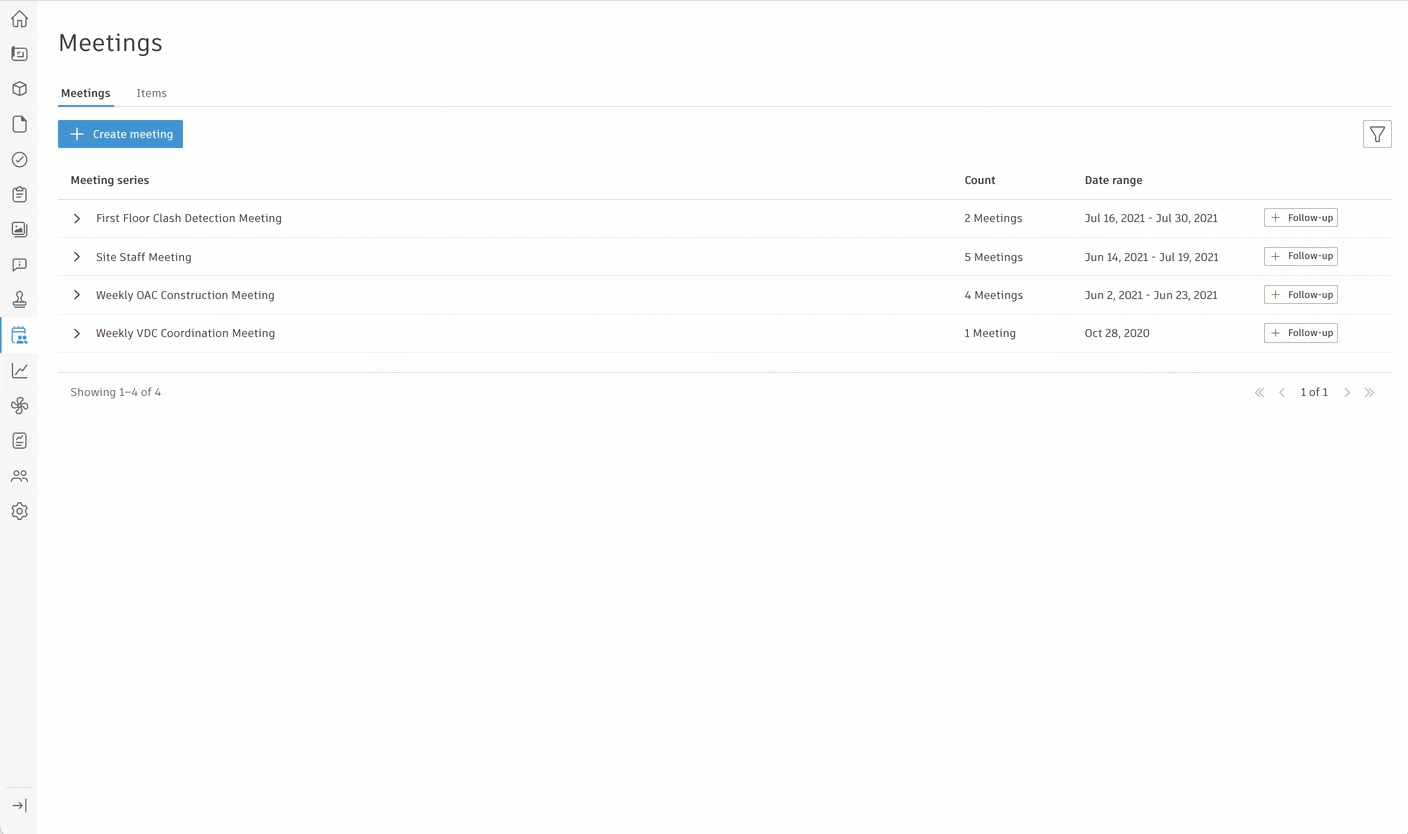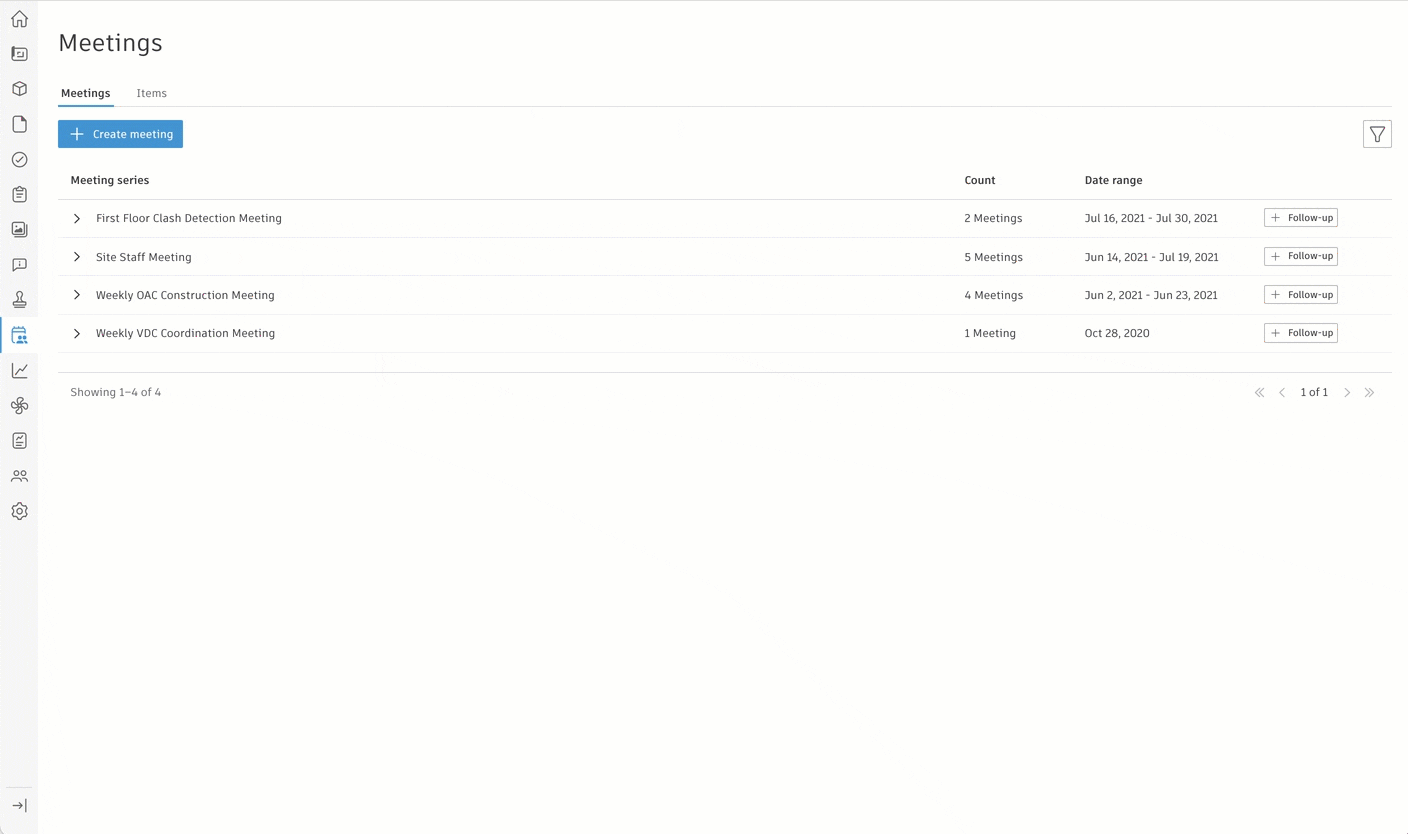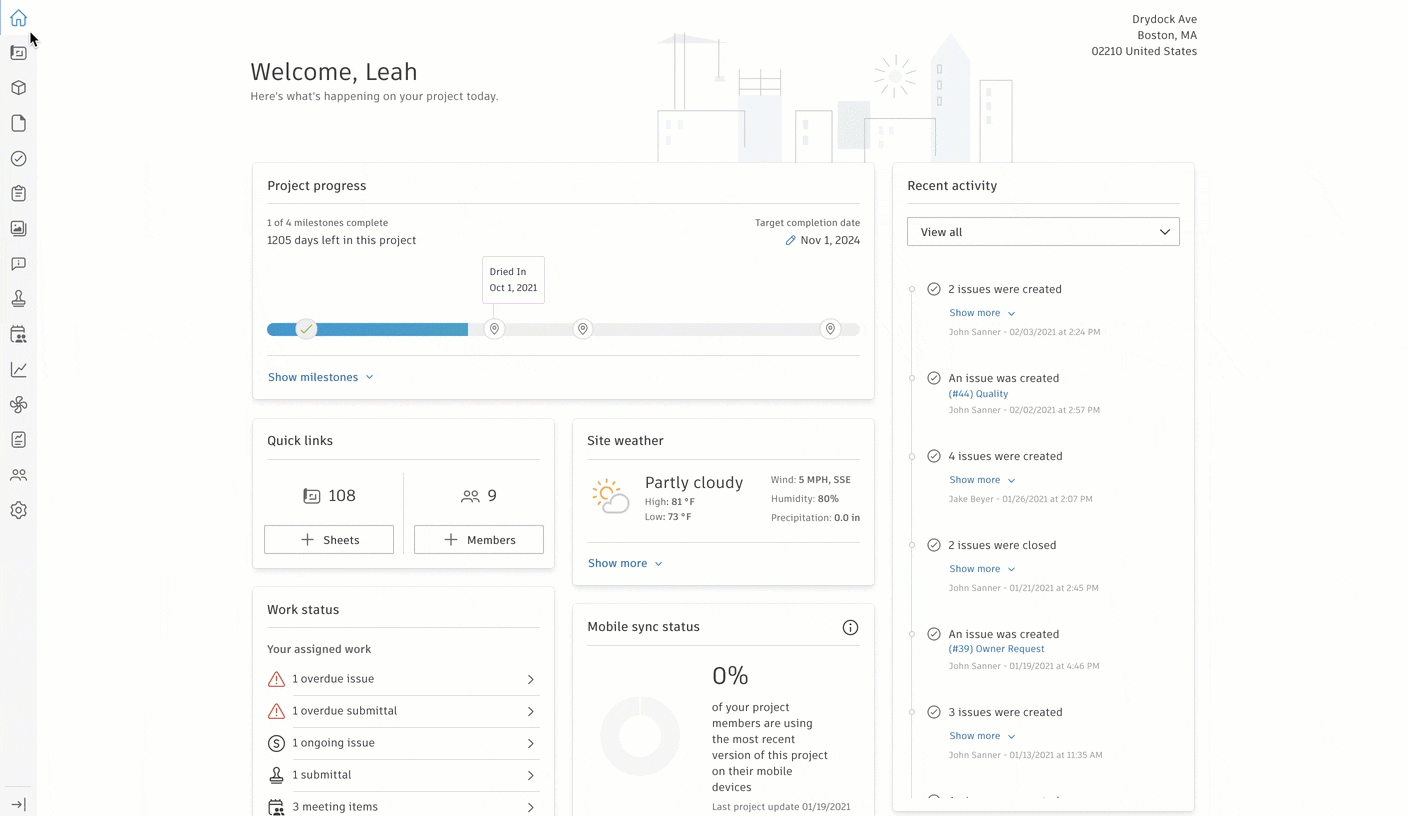What do many high-performing, innovative, and profitable companies have in common? According to the Society for Human Research Management (SHRM) and McKinsey & Company, they prioritize diversity, equity, and inclusion (DEI). SHRM and McKinsey’s research indicates that companies with high levels of gender and ethnic diversity outperform their peers by 15% and 25%, respectively. These companies also produce a better customer experience and are 158% more likely to understand their target audiences.
Yet the construction industry still has room to grow when it comes to improving representation. One of the industry leaders who is working to push DEI forward in the industry is Henry Nutt III, a Preconstruction Executive at Southland Industries. In addition to his day job, Henry is also the Chair for the Associated General Contractors of America (AGC) National Diversity & Inclusion Steering Committee. He has served on the committee since its inception, and helps develop initiatives to support, educate, and promote a diverse, inclusive culture for AGC member companies.
AGC and Autodesk recently launched the Construction Diversity Image Library to boost the representation of diversity across the industry. The library is a resource for media, offering a collection of images that feature a range of diverse people in the construction workforce. Editors and journalists can leverage the Construction Diversity Image Library in their publications to showcase diverse talent.
We recently spoke with Henry about the role the initiatives like the Construction Diversity Image Library play in supporting diversity and inclusion in the industry, his career path, and the importance of meeting new talent where they are. Read his story below.
Tell us about your role at Southland and how you got involved with AGC.
I’ve worked for Southland Industries for about 14 years. For the first 12 years, I worked as the general superintendent. I was responsible for upwards of 200 people throughout the Bay Area on different projects. My role consisted of hiring primarily the field leadership, monitoring these jobs, and making sure they were working safely, on schedule, etc.
For the last two years, I’ve primarily transitioned to being a preconstruction executive and working in the business development area. The route I took to get this role was a bit non-traditional. I love having the chance to impact jobs before they start and help win projects that align with our values as a company.
For the last six years or so, I’ve worked with AGC. I started with the Lean Construction Forum Steering Committee and have since switched to serve as the Chair of the Diversity & Inclusion Council Steering Committee .
It’s very exciting working with those who are trying to develop initiatives to help member companies of AGC navigate through their own D&I journey. We come together as a collective to talk about what’s important for that journey, from how you hire to how you navigate putting policies and initiatives into place.
DEI is so important and it’s always been important. It’s just risen to the level that it’s undeniable what we need to do and what we should be doing. We want to educate people to do the right things and help their people grow in their own companies and in their roles. It’s been very exciting, rewarding, and fulfilling, and I also get to meet a lot of cool people.
When was the first time you saw yourself represented in the construction industry, and what impact did that have on you?
This question made me stop and think. I’d have to go back to when I was a third-year apprentice around 1990. I remember working for a gentleman who was a journey-level person. He was incredibly skilled with deep knowledge of the trade, and he helped me just be a better mechanic when it comes to being a journeyman. He really took me under his wing, kind of like a son, and really wanted me to get it.
It was the attention that he gave to me and the time he took to make sure I had what I needed to be successful that made a difference. I had no idea what my career path would look like and what challenges I would face. So I think, in part, he was trying to get me ready for those challenges as well.
Promoting careers in construction is essential to filling workforce and skills gaps in the industry. How can we ensure the breadth of construction careers is showcased to a diverse audience?
It’s important that we can go where they are. In other words, think about schools and different organizations such as pre-apprenticeship programs, youth groups, career days at churches, etc. We have to be strategic, have a plan, and partner with different organizations. I know they’d love to have our folks come in and introduce trades and opportunities to their people. It’s just a matter of going where they are and not expecting them to come to us.
This method has proven to be ineffective, and no longer an exclusive recruitment option for labor organizations. In the past, they could easily count on somebody in your family that knew somebody. That was how you brought different people into the trades. But that approach doesn’t work at the scale we need it to anymore.
Tell me about some of the challenges the construction industry (including the media) face when trying to showcase industry diversity.
Diverse groups are not well represented in the construction industry. In my current role, there weren’t many people that look like me in my position now and my former position. Quite honestly, there were very few people that looked like me at all in the industry.
The challenge is how do we represent the people of color and women in our industry and motivate people to join when you don’t have a lot of diversity.
There’s not a plethora of us or a group to go to and exemplify that part. When you do find these people, you may end up taxing them to tell the story.
That’s one of the biggest struggles, and how you communicate with the group is a challenge as well. Everything doesn’t have to be a sad, hard story when it comes to communicating with folks like myself. We’ve also had some really great experiences and met some great people who were allies for us. So there’s also some positivity there and being open to that because everyone’s story isn’t the same. I think the biggest challenge is, again, just being underrepresented.
What role do initiatives like the Construction Diversity Image Library play in supporting diversity and inclusion in the industry?
It’s a positive affirmation and intentional exposure. It’s about being deliberate around changing the messaging and the imagery and saying, “Hey, we need to do something different.” We’re going to be intentional about putting a group of folks together that represents what we want to see. It’s great to say, “Okay, we know there’s a problem.” Let’s figure out how we can help with creating that. Initiatives like the Construction Diversity Image Library help provide a pathway and the solution to this issue.
To whoever sees these images (whether it’s young people of color or older white men), we’re saying, “Hey, there are folks in this industry that are doing things that are mobile and successful. We can share the challenges and issues we’ve had, but we love what we do and being a part of the industry.”
We can show a different part of our story, what makes us who we are, and why we want to be a part of this industry.
What are some other significant ways that organizations in the industry can advocate for diversity and inclusion in construction?
One of the biggest things is soliciting partnerships. There are some local organizations that have pre-apprenticeship programs. Some of them are established and have been doing that for years with some success. Others are just trying it out. Partnering with these organizations makes sense because they are trying to advocate for an individual or a group of people that want to enter the industry.
As a union employee, I try to mentor. It’s about the brotherhood or the sisterhood and trying to increase that. It’s about sharing your knowledge with someone coming up the ranks and moving beyond just words and being actionable. It’s an investment for companies to share a day in the life of people in our industry, but there’s ROI there. The return is more than having one or two successful individuals joining a trade; it’s having a group of people join and be successful.
We can get a lot of folks in the door, but it’s a matter of keeping them in the door. That’s been a struggle. You have to be more intentional about your partnership. We’ve done things like becoming a part of the organization’s interview process. This gives them different sets of eyes and ears listening and talking to these folks. We may notice that the interviewee is going to be successful here, or we may ask questions to help them understand the industry.
We also offer workshops where people can touch tools and work with the different parts that we work with, whether it’s a pipe or sheet metal. You develop relationships with the new people that come in. We get to connect with people who are hungry to enter the industry and succeed.
I’ve even had people who are resistant to attending training and apprenticeship events tell me they’ve hired some of their best apprentices from these organizations. These are people who have been in the business for 30 or 40 years. They were transformed by the students, by their tenacity, their hunger, and their wanting to get into the industry.
It’s just being open to different ideas as well. I think, how do you market to these 24-something-year-old folks? You have to reach them where they’re at, such as social media, and you have to partner.
The post Behind the Build: Interview with Henry Nutt III, Preconstruction Executive, Southland Industries appeared first on Digital Builder.


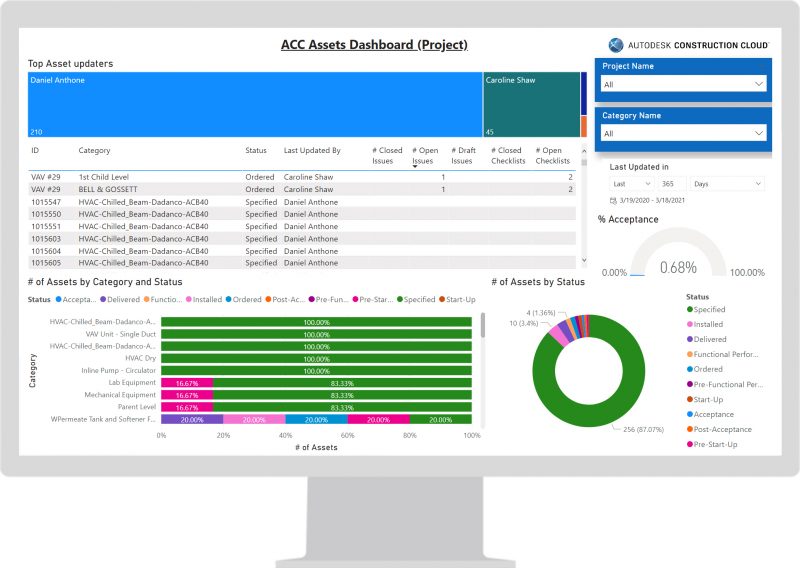
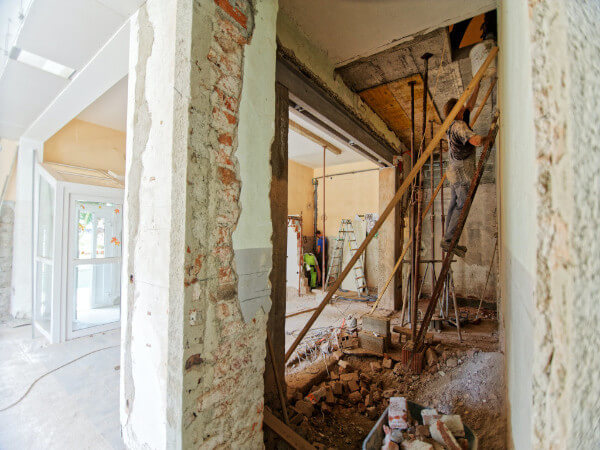
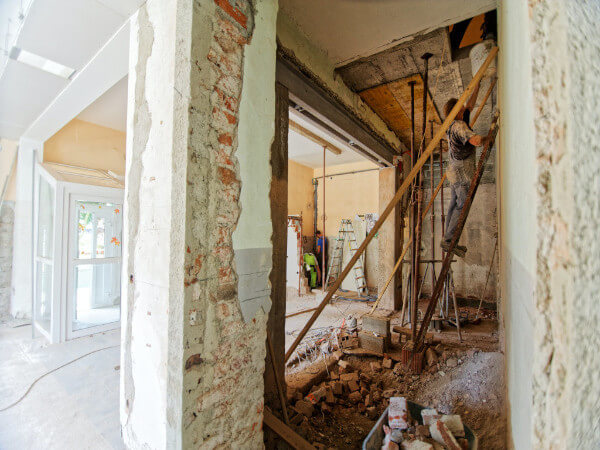


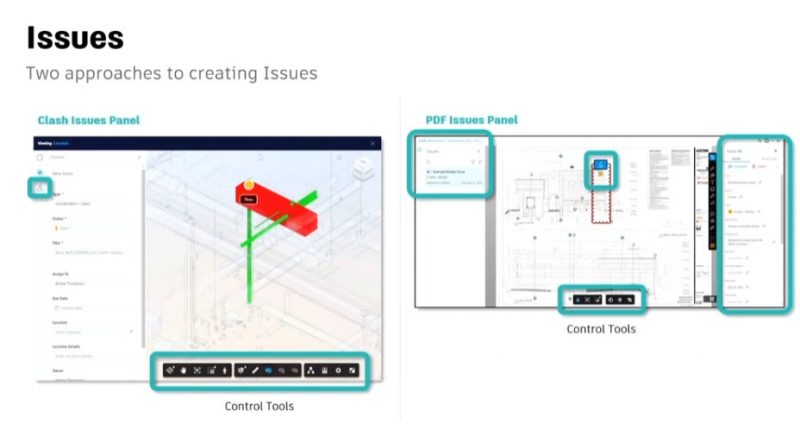
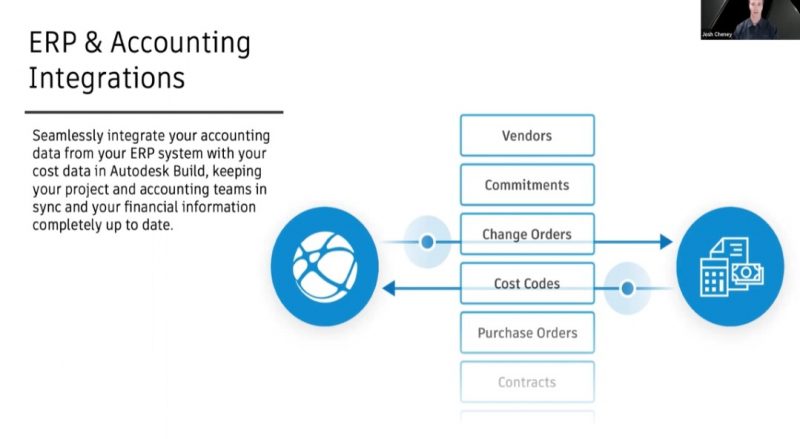
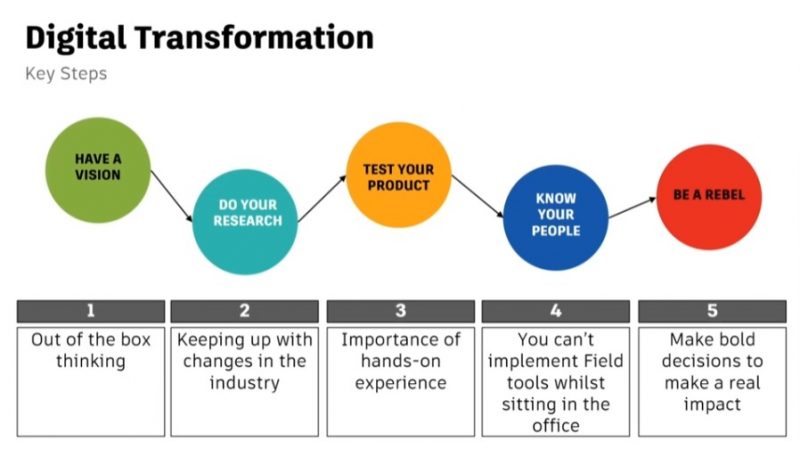

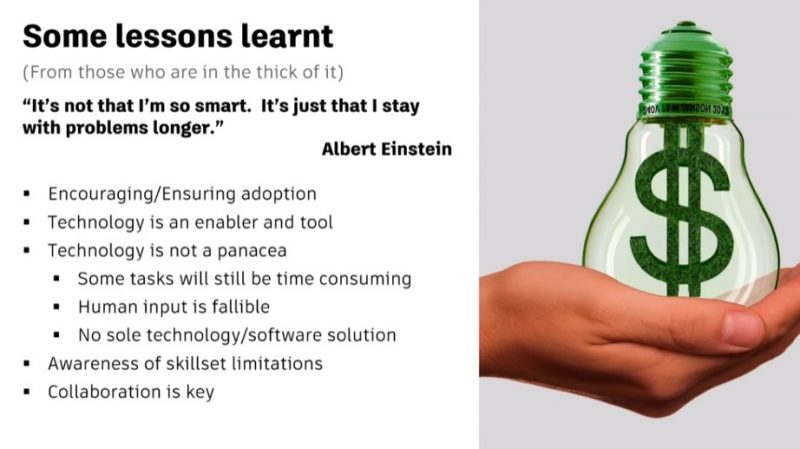
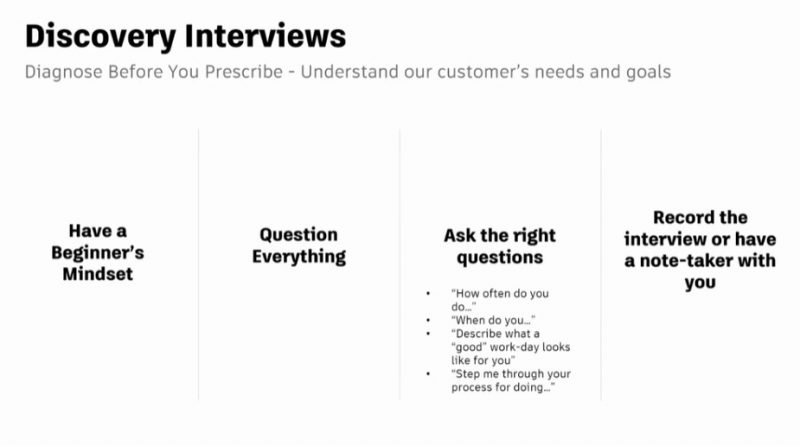
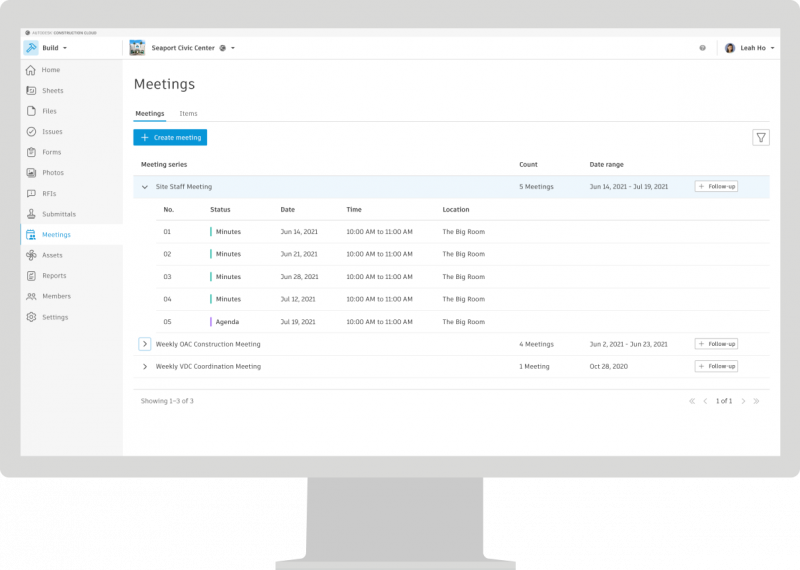
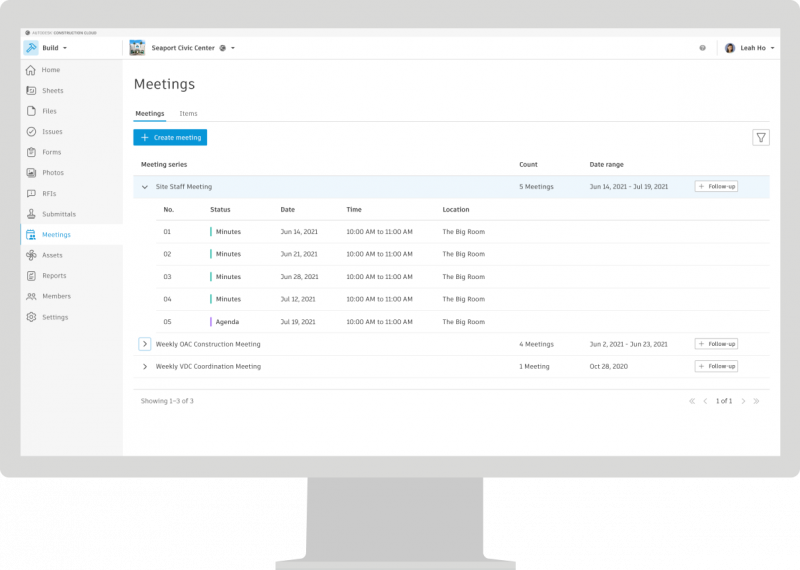
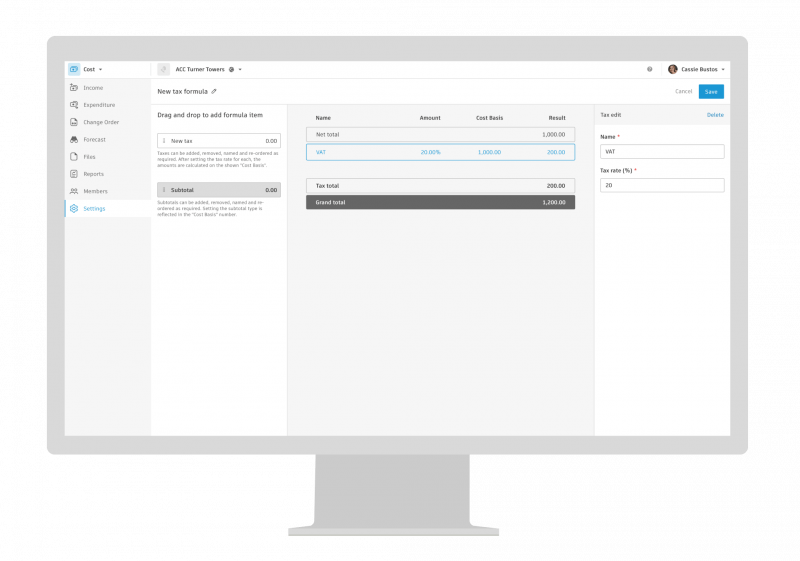

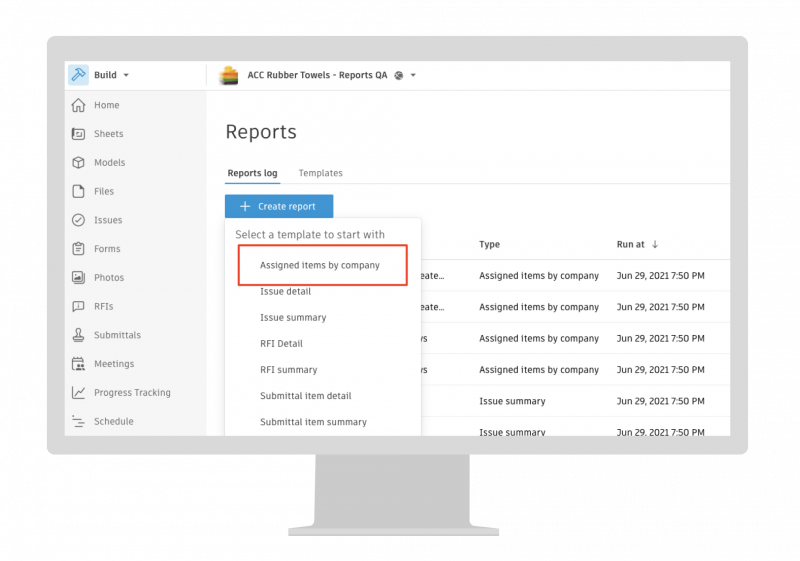
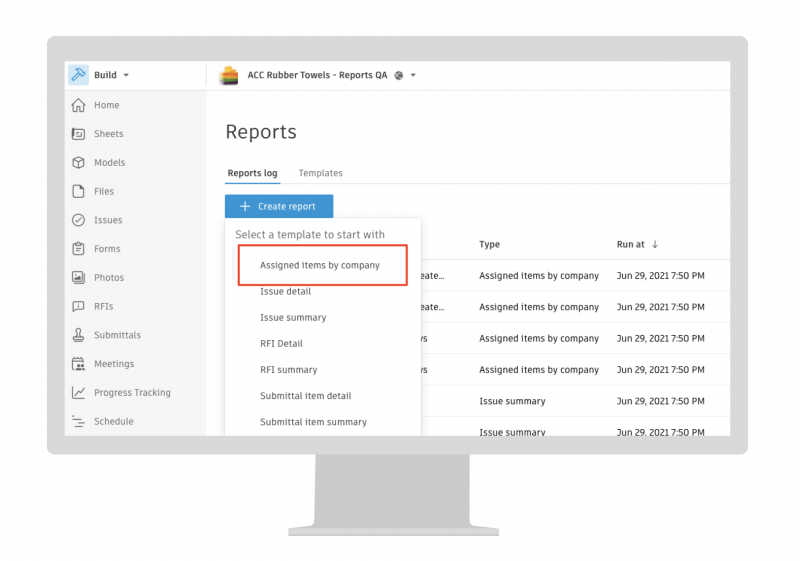
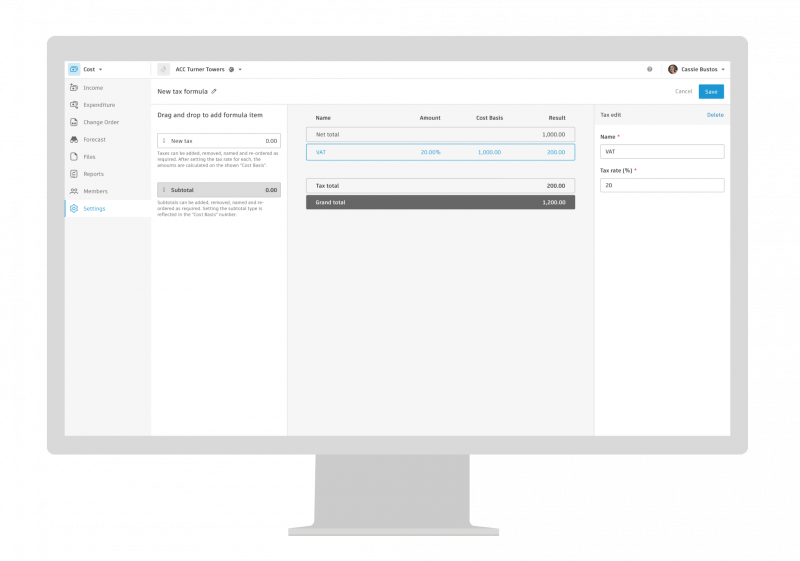
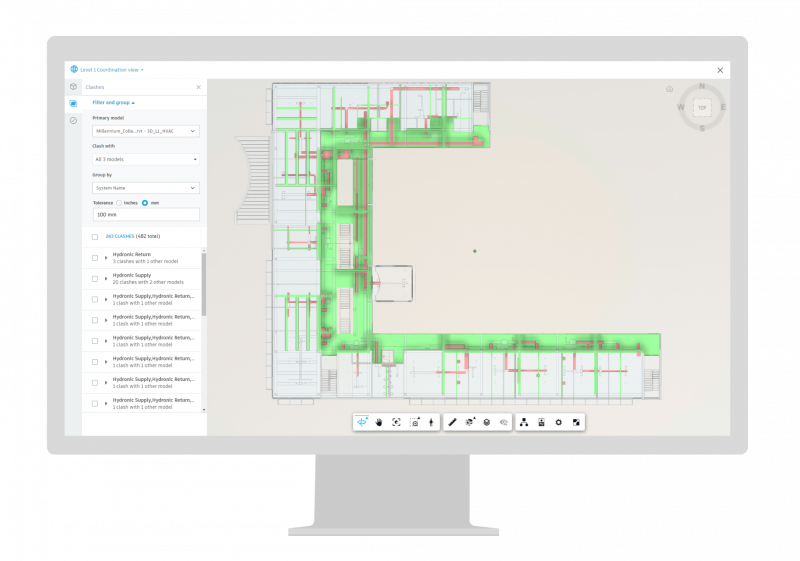
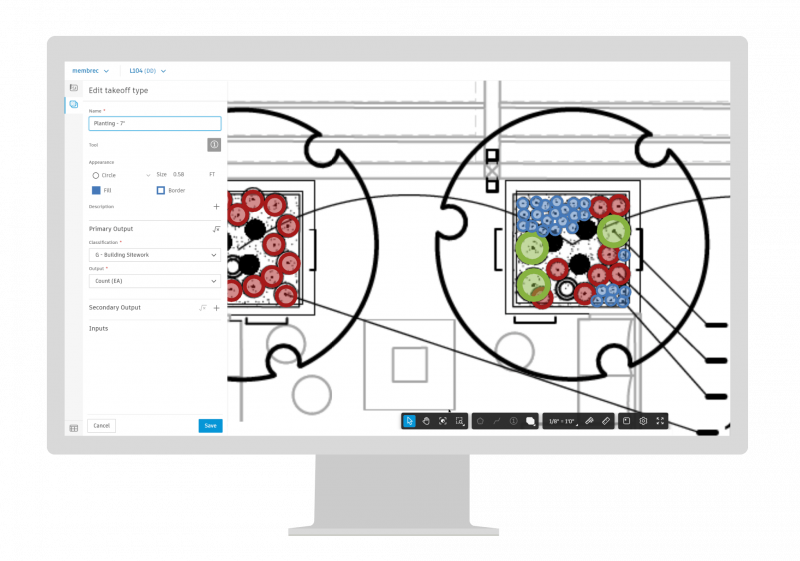
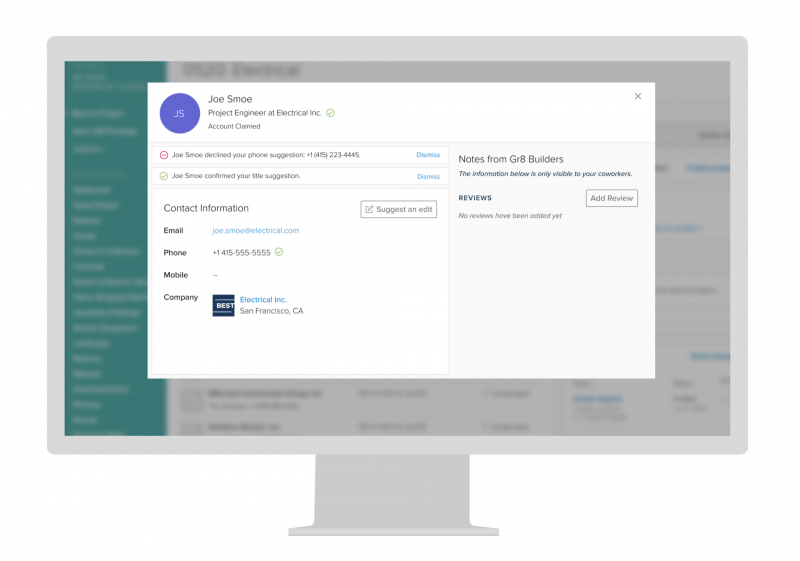
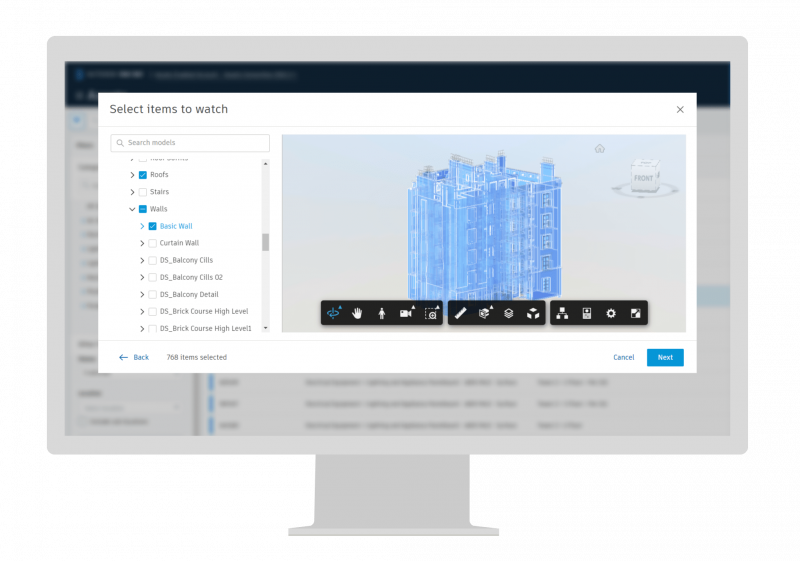
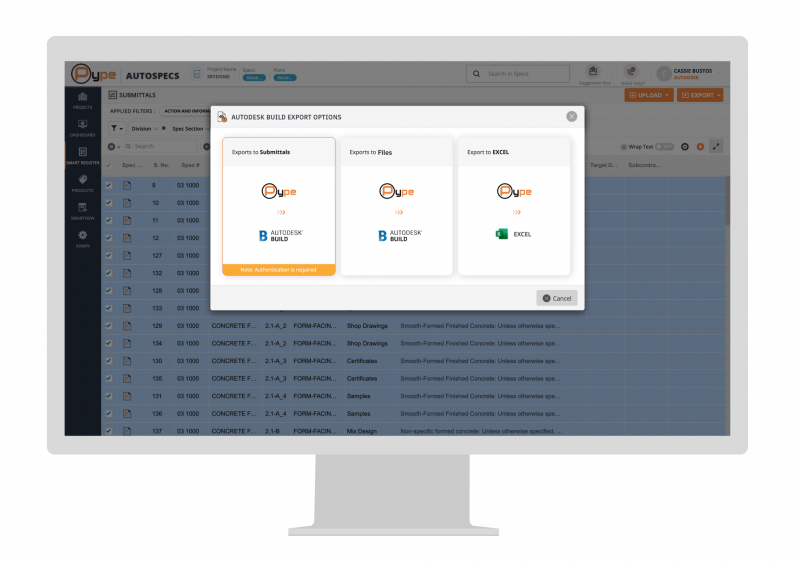

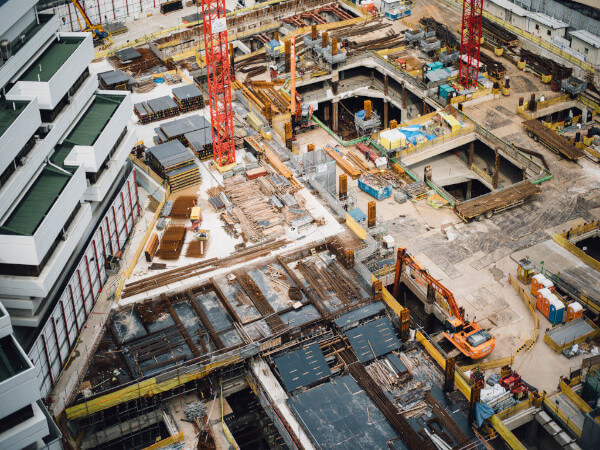
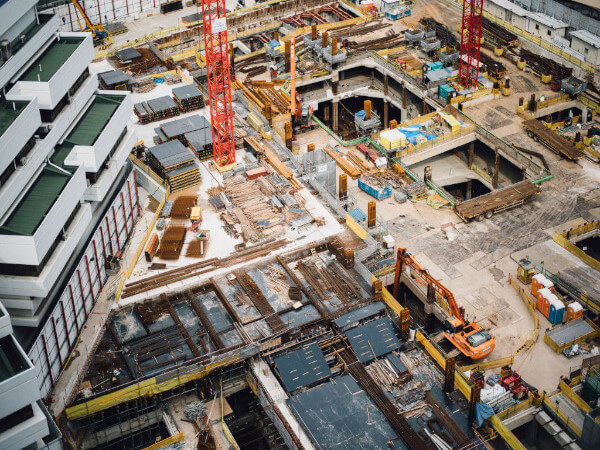
![Year over year growth, BuildingConnected data reveals top 15 cities with most new projects published [report]](https://www.clarkeconstructioncreations.com/wp-content/uploads/2021/10/Year-over-Year-Growth-800x392-1.jpg)
![Top 15 cities, BuildingConnected data reveals top 15 cities with most new projects published [report]](https://www.clarkeconstructioncreations.com/wp-content/uploads/2021/10/Top-15-cities-800x382-1.jpg)
